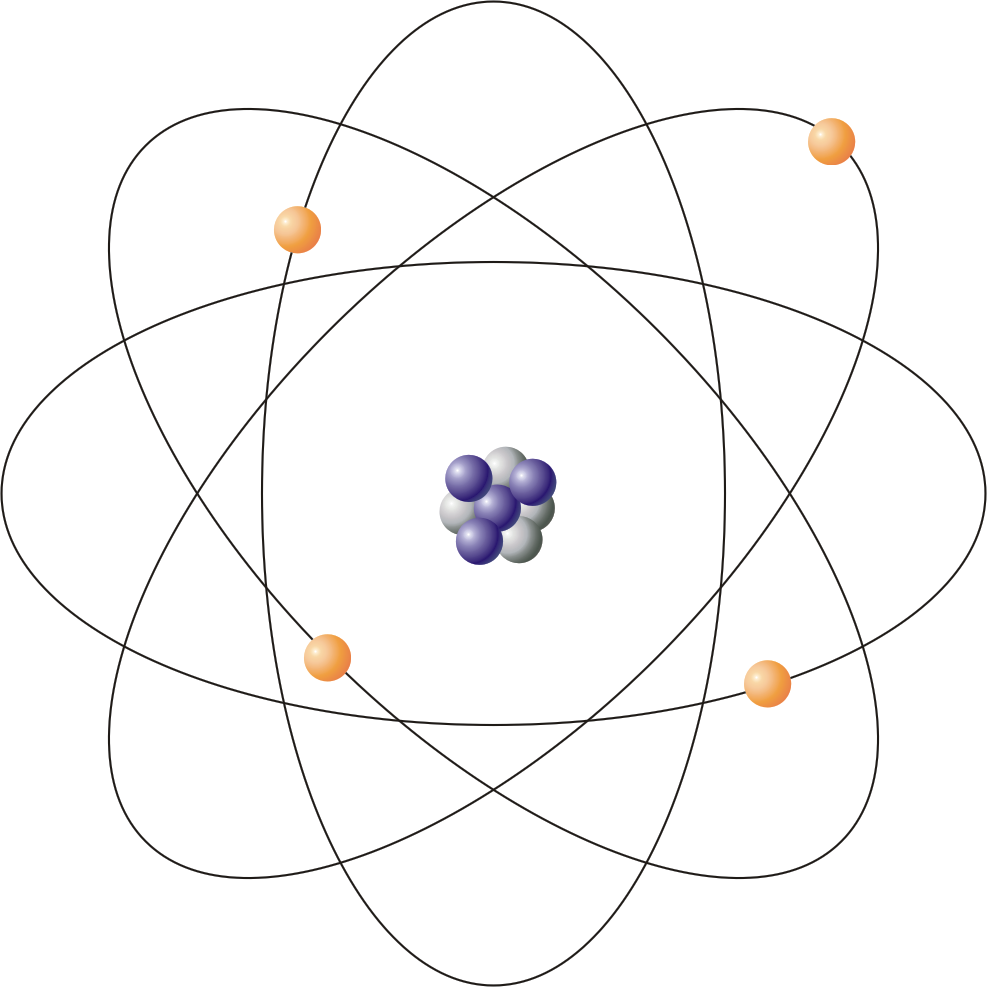Envision a scenario where a lone atom, moving at high velocity—either approaching the speed of light or simply at a substantial fraction of it—collides with your body. The consequences of such an event, while theoretically plausible, are rooted in the principles of physics that govern atomic interactions and high-energy particles. This discussion aims to illuminate the multifaceted implications of such a collision and articulate the underlying physical mechanisms involved.
The atomic structure is fundamentally comprised of protons, neutrons, and electrons. These components interact through various forces, predominantly the electromagnetic force and the strong nuclear force, which dictate their behavior and reactions. An atom, particularly when it is ionized or possesses excess kinetic energy, can exhibit attributes akin to a macroscopic projectile. When dealing with high velocities, relativistic effects must be considered; these include time dilation and Lorentz contraction, which influence the effective mass and behavior of the atom as it approaches light speed.
At relativistic speeds, the kinetic energy of an atom becomes significant. The total energy, as described by Einstein’s famous equation ( E=mc^2 ), escalates drastically, resulting in a tremendous impact force upon collision with a target like a human body. This translates into considerations of the energy transfer during the collision, which can produce various consequences depending on several factors such as the type of atom, its charge, and its speed.
The potential outcomes of such a high-speed atomic collision can be bifurcated into immediate and long-term effects.
Immediate Effects: Upon collision, the atom would likely transfer an immense amount of kinetic energy to the atoms comprising biological tissues. The immediate transfer of this energy could ionize atoms within the target, creating free radicals, and shattering chemical bonds. If the velocity is sufficiently high, this could lead to substantial thermal energy generation at the collision site, resulting in localized heating and potentially plasma formation—a state of matter where electrons are stripped from atoms.
In biological terms, the ionization process could lead to cellular damage or death. DNA molecules may be broken or mutated, engendering potential carcinogenic effects or apoptosis. The extent of this damage closely correlates to the energy of the incoming atom. For instance, the collision with a heavier atom such as a gold atom would theoretically produce more severe biological consequences than a collision with a lighter atom like hydrogen.
Long-term Effects: The repercussions of such a high-energy interaction may unfold over time, particularly concerning genetic mutations and cellular repair mechanisms. High-energy impacts can precipitate a cascade of biological responses. The initial ionization could result in a secondary wave of cellular damage as free radicals propagate through molecular interactions, overwhelming the cellular repair systems. These long-term effects may manifest as chronic conditions or cancers, realizations that reverberate through DNA repair processes that are already robust in a healthy organism.
Another variable that must be considered is the angle of impact. A direct frontal collision would differ profoundly from a glancing blow. In the latter situation, the energy transfer might be dissipated more broadly across tissues, potentially reducing localized damage but increasing the extent of collateral destruction due to shock wave propagation through the body’s fluids.
The Role of Shielding and Protection: In real-world scenarios, our atmosphere and electromagnetic fields offer substantial protection against such high-energy collisions arising from cosmic sources. For instance, cosmic rays—high-energy particles originating from outer space—often collide with Earth’s atmosphere, resulting in extensive cascades that produce secondary particles. The atmosphere acts as a shield, absorbing and dissipating much of this energy before impacts can be felt on the surface. If one were to consider a hypothetical situation devoid of this protective veil, the potential impacts would increase dramatically.
Physical Comparisons: While the discussion of such high-velocity atomic interactions may evoke sci-fi imagery, it is critical to elucidate comparisons with known phenomena in physics. For instance, when a high-energy particle collider accelerates particles toward mutual collision at relativistic speeds, the results can lead to the creation of exotic particles, akin to what might theoretically ensue from an individual atom colliding with human tissue at similar energies. This illustrates the intersection of high-energy physics endeavors and the biological consequences of subatomic interactions.
Conclusion: The contemplation of an atom striking a body at high velocity empowers a deeper understanding of atomic physics and its intersection with biological systems. Though the likelihood of such events occurring in macroscopic environments is exceedingly low, modeling these interactions reveals crucial insights into energy transfer, ionization, and the propagation of damage within biological tissues. As we comprehend these atomic-level encounters, we are reminded of the profound complexities of the universe, where even the smallest particles exhibit the capacity to instigate significant consequences.












